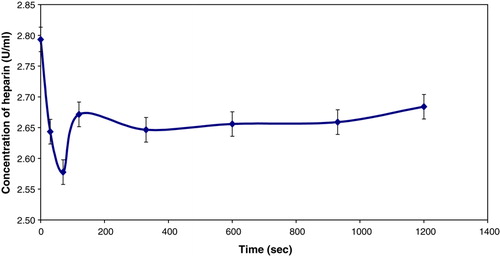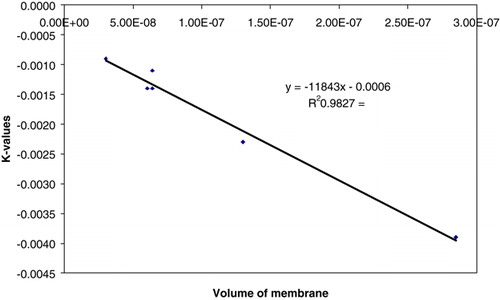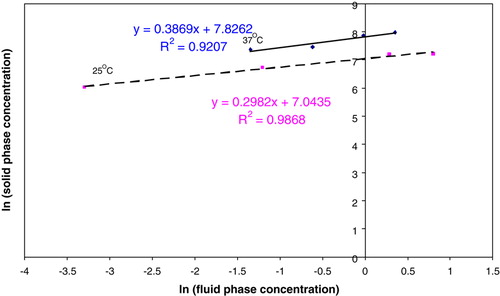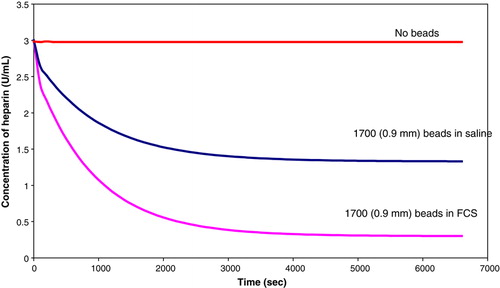Figures & data
Table 1. Parameters of beads and solutions used in the total volume ratio experiments
Figure 1. Fitted curves comparing heparin absorption rates under conditions where ratio of bead to solution volume is kept constant.
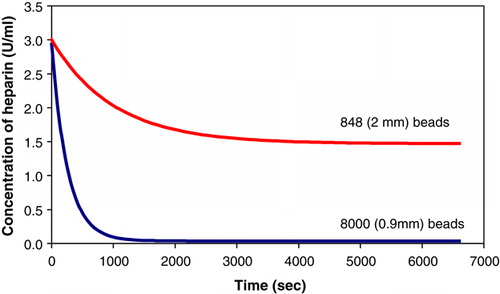
Table 2. Parameters of beads and solutions used in the surface area ratio experiments.
Figure 2. Fitted curves comparing heparin absorption rates under conditions where the ratio of the total surface area of the beads to the volume of the solution is kept constant.
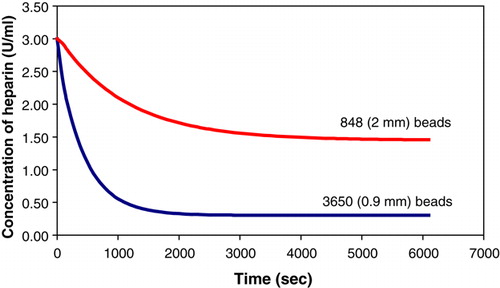
Figure 3. Comparison of the adsorption of heparin by beads with varying concentrations of sodium alginate. The two curves are not easily distinguishable due to being superimposed.

Figure 5. Microscopic photograph of the 900 µm and 2 mm beads illustrating the different membrane thickness.

Table 3. Parameters used in the bead membrane volume ratio experiments.
Figure 6. Comparison of heparin absorption rate under conditions where the ratio of the membrane volume of the beads remains constant.
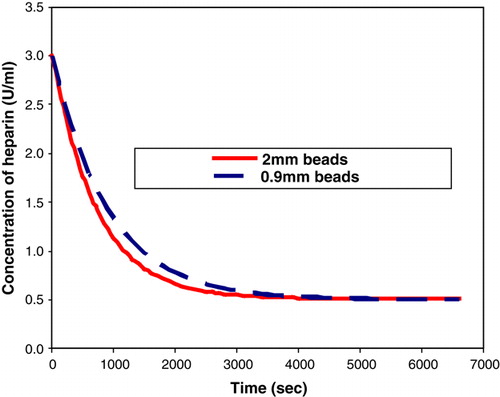
Figure 9. Microscopic photograph of 2 mm beads placed in poly-L-lysine solution for 20 minutes and 40 minutes, respectively.
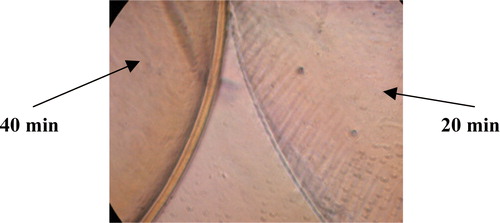
Figure 10. Microscopic photograph of 2 mm beads placed in poly-L-lysine solution for 20 minutes and 60 minutes, respectively.
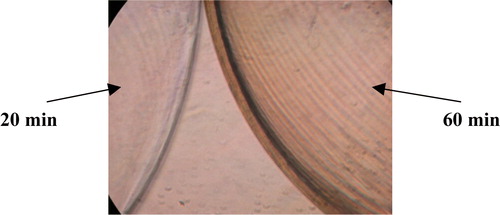
Table 4. Rate coefficients for the beads with varying poly-L-lysine (PLL) content
Table 5. Rate coefficients for blood, FCS and saline
Table 6. Rate Coefficients for the first order adsorption model
